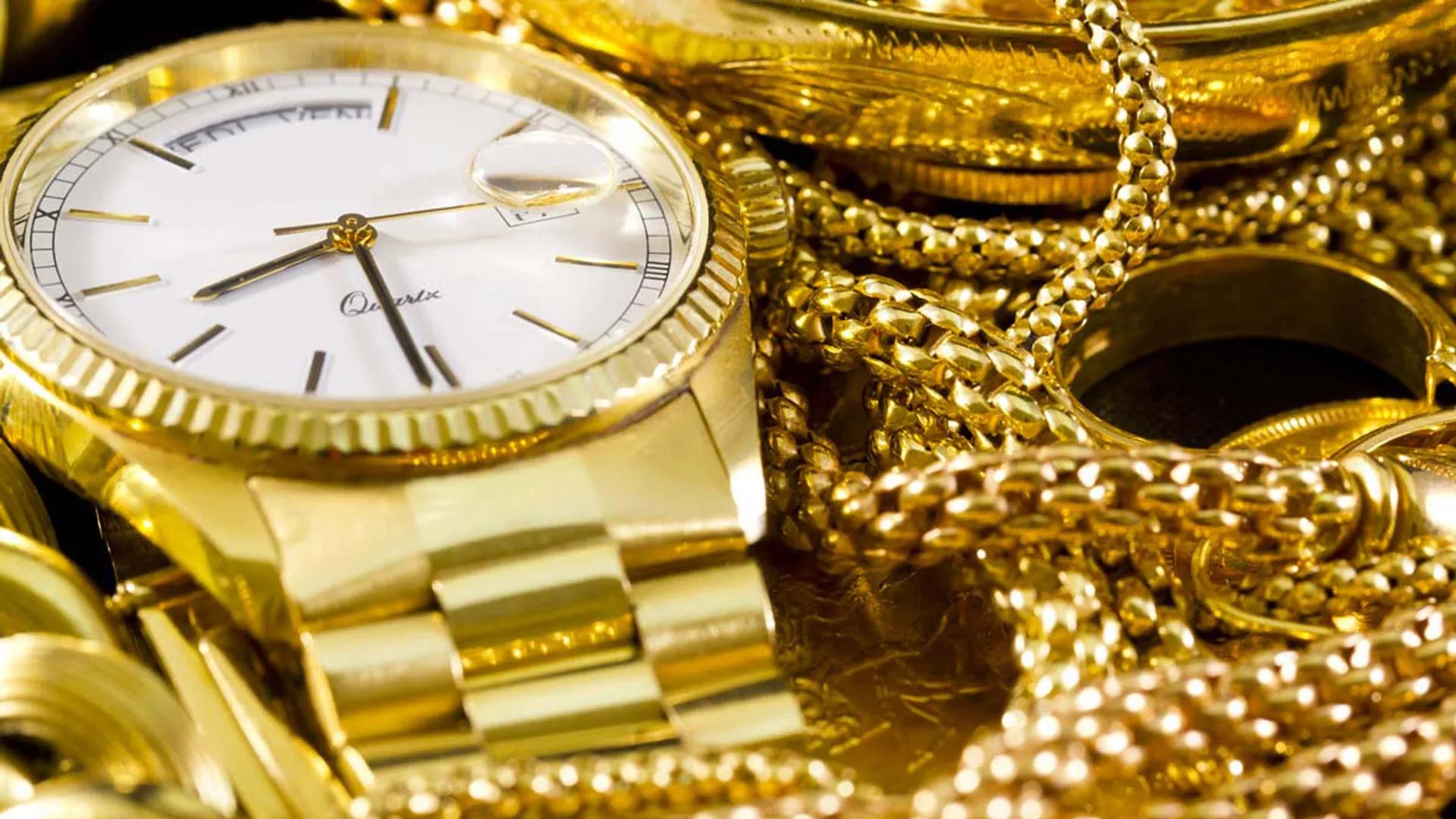Since its foundation, the intent of the Wiener Werkstätte was to create a close relationship between the design phase, which must be linked to an effective knowledge of materials and techniques, and the execution phase.
Their creations with clean and compact lines, worked on the surface, renewed taste in the various sectors of artistic activity, from furniture to jewellery, thus anticipating the industrial design operation implemented by the Bauhaus, a school founded in Weimar by Walter Gropius in 1919, in order to integrate aesthetic research and industrial production.
The artist who translated the theories of the Weimar school into the goldsmith field was Naum Slutzky (1894-1965) who created jewelery with poor materials with vaguely geometric shapes.
The Viennese Secession, notes Graziella Folchini Grassetto , «defines the role of creativity in jewelry» as the figure of the artist-craftsman is exalted in its inseparable specificity, and the role of the creator is equated with that of the executor in an inseparable combination: if the artist lacks the technical skills to create the work, he makes use of the contribution of the craftsman in a close experimental union .
This was the real novelty for the time. At the time, the large jewelery houses produced pieces of goldsmithery with a unique and easily recognizable style, the result of teamwork between artist-goldsmiths, designers, sculptors, cutters, chasers and others, placed on the same level. It was with the Viennese Secession that the artist-goldsmith achieved a privileged position above all others.
According, however, to Lara Vinca Masini, the first revolution in the last century in the field of jewelery occurred with Art Deco , when the lines of the jewel had become clearer and followed a new and different geometric formativity. .


